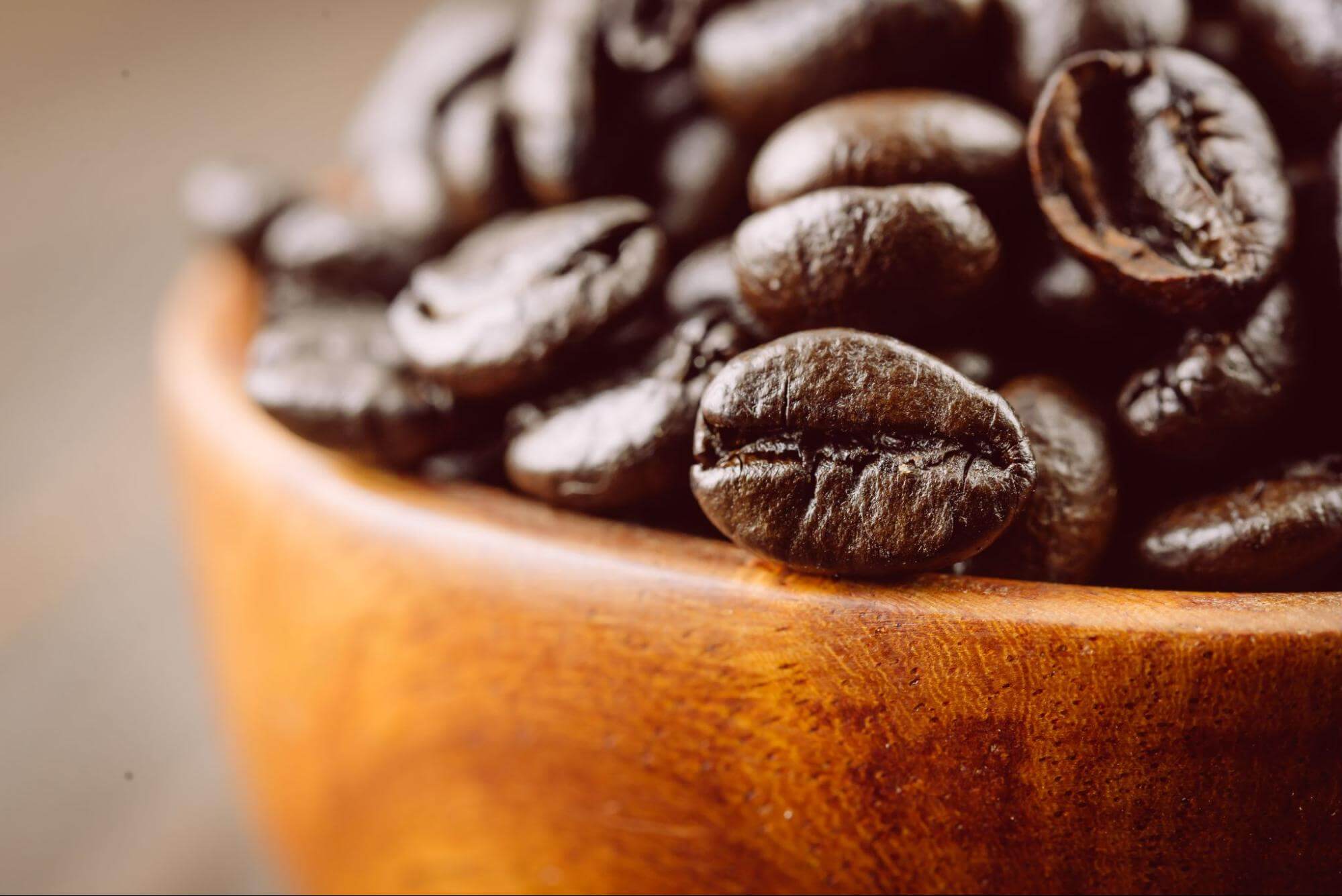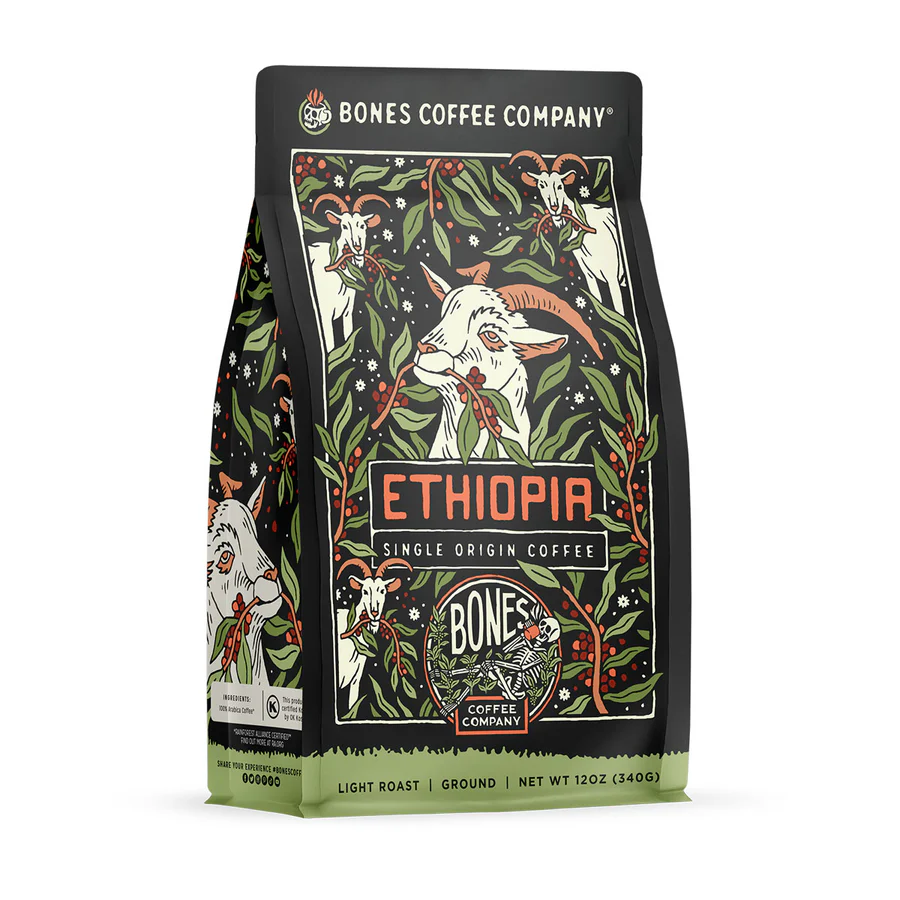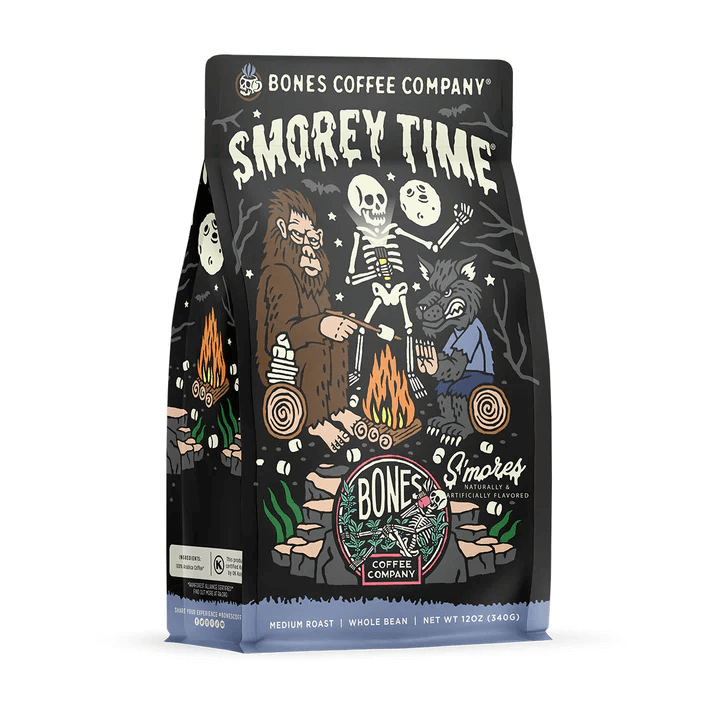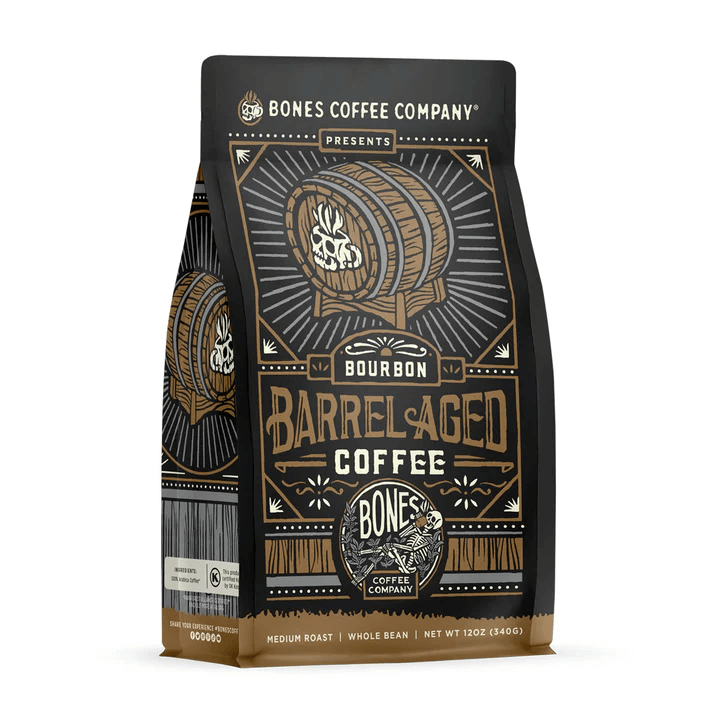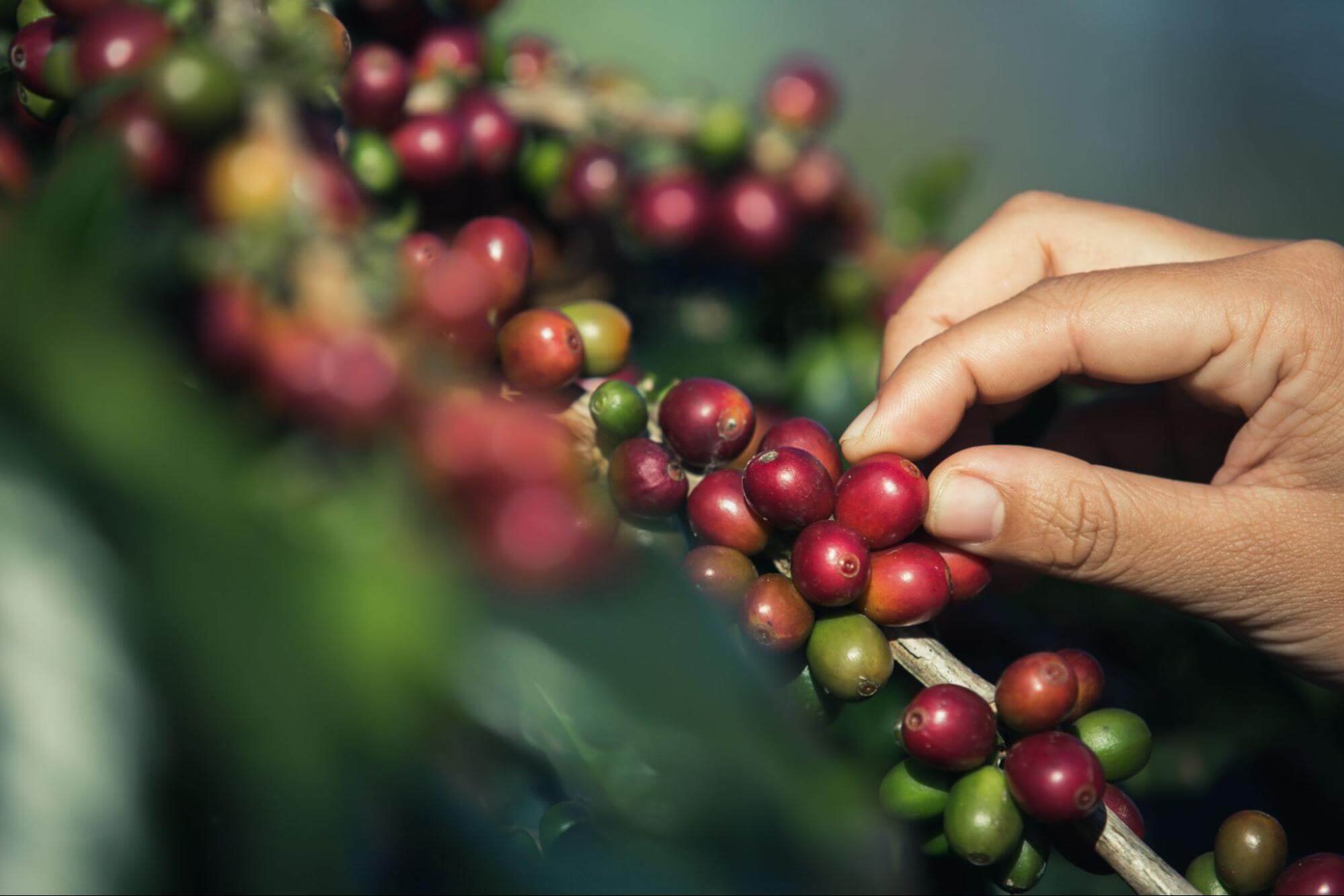If your mornings feel like they run on caffeine instead of clockwork, you’ve probably wondered—where do coffee beans come from? Spoiler alert: they don’t magically appear in your local café or supermarket.
Behind every sip lies a world of careful cultivation, fascinating history, and flavors shaped by geography.
So, whether you’re a pour-over perfectionist or an espresso enthusiast, let’s dig into the roots (literally) of your favorite beverage and uncover what makes coffee more than just a morning beverage. Ready? Let’s get brewing.
Where Did Coffee Originally Come From?
Coffee’s origin story is steeped in history—and a bit of legend. It all started in east Africa, specifically in Ethiopia, where a goat herder named Kaldi allegedly noticed his goats acting strangely energetic after nibbling on some bright red berries from a tree. Curious, Kaldi tried the berries himself, and the world’s obsession with coffee began.
So, the quick answer to the question ‘Where do coffee beans come from?’ is the coffee plants from blessed Ethiopia. From there, those coffee cherries made their way across the Red Sea to Yemen. By the 15th century, Yemeni monks were cultivating and brewing coffee, using it to fuel long hours of prayer.
Thanks to skilled Ethiopian coffee farmers for maintaining great growing conditions for coffee plants, a growing coffee culture began. Coffee beans grown in coffee-growing regions like Ethiopia spread rapidly through the Middle East, reaching Europe in the 17th century.
Today, coffee is a global staple, and coffee lovers enjoy coffee for its diverse flavors rooted in different coffee-growing regions.
But what does this coffee history taste like? To truly appreciate the journey and long history of coffee beans, there’s no better way than exploring the vibrant, complex profiles of specialty 100% Arabica beans from Bones Coffee Company that evolved from centuries of experimentation:
Wait… Coffee Beans Come from Cherries?
Yes, it’s true—and no, the cherries on your dessert plate are not the same thing! Coffee beans are actually the seeds of coffee cherries, which grow on coffee plants (not coffee trees, technically; coffee plants are considered shrubs, but we won’t split hairs).
These cherries start out green and ripen into bright red, orange, or yellow hues, depending on the variety. Inside each fruit are two seeds—our beloved coffee beans.
Did You Know? Most coffee cherries contain two seeds, but in about 5% of the harvest, a natural mutation produces a single, round seed known as a peaberry. Because all the nutrients are concentrated in one seed, peaberries often have a brighter, more distinct flavor profile, making them a favorite among coffee connoisseurs. |
How Coffee Processing Shapes Flavor
The method used to process coffee cherries after harvesting them from coffee plants plays a crucial role in shaping the flavor and quality of the final brew. Here’s a concise breakdown of the three main processing methods and their impact on taste:
Dry (Natural) Processing
The entire cherry is dried in the sun. This traditional method creates coffee with a heavier body and fruity, wine-like flavors, often featuring berry or tropical fruit notes.
Wet (Washed) Processing
The outer pulp is removed before the coffee beans are fermented in water. This results in a cleaner, brighter coffee with higher acidity and floral or citrus undertones, highlighting the bean’s intrinsic qualities.
Honey Processing
Ironically, the honey process doesn't actually involve honey! The name comes from the sticky, honey-like texture of the mucilage left on the coffee beans during drying.
A middle ground between dry and wet methods, this process leaves some of the fruit’s mucilage on the bean while drying. Depending on how much is left, the result can range from sweet, honey-like flavors to rich, caramel or chocolate notes.
Coffee farmers or producers use these different methods to create distinct flavor profiles, giving coffee enthusiasts an endless variety of tastes to explore and enjoy.
Why Does Coffee Taste Different Based on Where It’s Grown?
Coffee plants grow in the tropical "Coffee Belt," a region circling the globe along the equator.
Arabica and Robusta coffee beans grown in regions like South America, Central America, Africa, and Southeast Asia are of the best quality, as these areas have ideal conditions for growing coffee. The conditions coffee plants need include rich soil, consistent rainfall, mild temperatures, and high altitudes.
The coffee beans you brew at home often begin their journey thousands of miles away in these fertile and diverse landscapes that allow coffee plants to thrive and bear fruit.
Each country within the Coffee Belt offers its own unique combination of soil, climate, and elevation—qualities that shape the distinctive taste of the coffee beans, creating a global mosaic of flavor profiles.
South America
Brazil stands as the world's largest producer of coffee, known for its smooth and nutty coffee beans with chocolate undertones. The country’s consistent weather and vast plantations make it an unrivaled giant in the coffee industry.
Colombia is also celebrated for its high-altitude Arabica coffee beans, which are renowned for their well-balanced flavors, bright acidity, and rich aroma. Together, these two nations set the gold standard for coffee quality in the region.
Africa
Ethiopia, often considered the birthplace of coffee, offers some of the most diverse and complex flavor profiles available. Coffee beans from this region often feature floral and fruity notes layered with hints of berries or even wine.
Ethiopia’s variety of microclimates and traditional farming methods lend to the creation of truly unique and highly sought-after coffees.
Fun Fact: Ethiopia has over 10,000 different coffee varieties, more than any other country in the world! |
Southeast Asia
Vietnam dominates the global robusta coffee market, producing strong, bold coffee beans with a high caffeine content. These coffee beans are a staple in espresso and instant coffee worldwide.
Indonesia, on the other hand, is revered for coffee that boasts earthy and spicy undertones. The country’s volcanic soil contributes to the exceptional depth of its coffee beans, with regions like Sumatra and Java offering distinct, flavorful profiles shaped by their specific terroirs.
These rich and varied growing regions ensure that each cup of coffee delivers a unique taste, acting as a passport to the vibrant landscapes from which the coffee beans originate.
Brewing the World's Story
Coffee is more than a drink—it's a global journey shaped by history, geography, and craftsmanship. From Ethiopia’s ancient fields to Brazil’s vast plantations, every bean tells a tale of its origins and the care it takes to produce your favorite brew.
Ready to bring that story to life in your cup? Bones Coffee Company offers over 30 small-batch roasted varieties, from classic single-origin coffee beans to bold, creative flavors.
Explore the collection today and enjoy free U.S. shipping on orders over $75. Transform your coffee ritual into something extraordinary!

